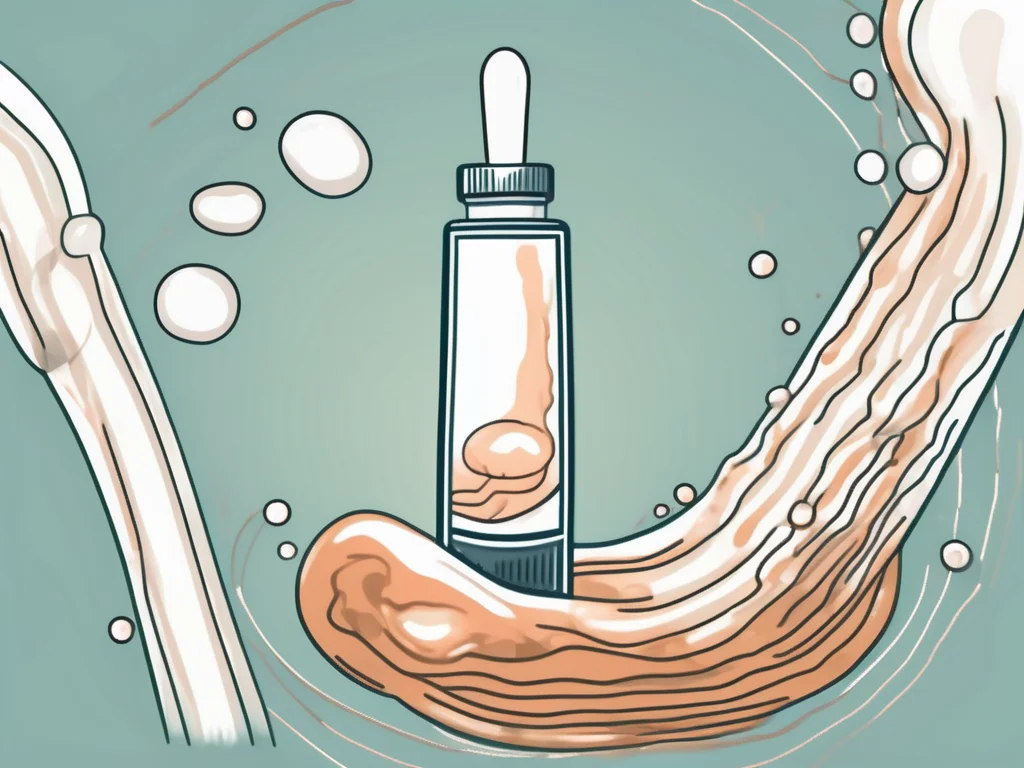Yeast infections, caused by an overgrowth of Candida fungus, can lead to discomfort like itching, redness, and irritation. Candid B Cream, a combination of antifungal clotrimazole and anti-inflammatory beclomethasone, is a trusted treatment for addressing these infections. This blog provides a concise, step-by-step guide on how to use Candid B Cream effectively, along with essential tips for managing and preventing yeast infections.
What Is a Yeast Infection?
A yeast infection, or candidiasis, occurs when the Candida fungus grows excessively in areas like the genital region, mouth, or skin folds. Factors like poor hygiene, antibiotics, tight clothing, or a weakened immune system can trigger this imbalance. Symptoms vary but often include:
- Itching and irritation
- Burning sensation during urination or intercourse
- Redness or swelling
- Thick, white discharge
Men and women can both develop yeast infections, though they are more common in women due to vaginal anatomy. In men, symptoms may include redness, itching, or a rash on the penis. Consulting a healthcare professional for an accurate diagnosis is crucial before starting treatment.
What Is Candid B Cream and How Does It Work?
Candid B Cream is a prescription topical medication designed to treat yeast infections. It combines:
- Clotrimazole: An antifungal that stops Candida growth.
- Beclomethasone: A corticosteroid that reduces inflammation and itching.
This dual-action formula targets the infection’s root cause while alleviating discomfort, making it effective for conditions like vaginal yeast infections, oral thrush, and intertrigo (skin fold infections). The cream is for external use only and should not be ingested or applied to open wounds.
Preparing to Apply Candid B Cream
Proper preparation ensures the cream works effectively. Follow these steps:
- Clean the Affected Area:
Wash the infected area with mild soap and warm water. Gently pat dry with a clean towel or let it air dry to avoid irritation. - Take Precautions:
- Consult a healthcare provider before use to confirm the diagnosis and ensure the cream is suitable.
- Perform a patch test if you have sensitive skin to check for adverse reactions like redness or itching.
- Read the package instructions carefully for proper usage and dosage.
- Stop use and seek medical advice if symptoms worsen or persist.
Step-by-Step Guide to Applying Candid B Cream
Follow these steps to apply Candid B Cream correctly:
- Determine the Amount:
Use a thin layer of cream to cover the affected area. Avoid overapplying to minimize potential side effects. - Timing of Application:
Apply the cream twice daily—once in the morning and once in the evening—unless your doctor advises otherwise. - Application Process:
- Wash your hands thoroughly with soap and water.
- Squeeze a small amount of cream onto a clean finger or sterile cotton swab.
- Gently apply the cream to the affected area, ensuring even coverage.
- Rub it in lightly for better absorption.
- Wash your hands again after application to avoid spreading the infection.
- Avoid Sensitive Areas:
Keep the cream away from eyes, mouth, or mucous membranes. If contact occurs, rinse thoroughly with water.
Post-Application Care and Expectations
What to Expect
After applying Candid B Cream, you may notice relief from itching and inflammation within a few days. However, full recovery may take longer, depending on the infection’s severity. If symptoms persist or worsen after the recommended treatment period (typically 7–14 days), consult your healthcare provider.
Tips for Maximizing Effectiveness
To enhance the cream’s efficacy and prevent recurrence:
- Maintain Hygiene: Keep the affected area clean and dry to discourage fungal growth.
- Wear Loose Clothing: Opt for breathable fabrics to reduce moisture buildup.
- Avoid Irritants: Skip scented soaps, lotions, or feminine products that may irritate the skin.
- Complete the Treatment: Use the cream for the full duration prescribed, even if symptoms improve early.
- Support Immunity: Eat a balanced diet, exercise regularly, and manage stress to strengthen your immune system.
Common Questions About Candid B Cream
Can Men Use Candid B Cream?
Yes, men can use Candid B Cream to treat yeast infections, particularly on the penis, where symptoms like redness and itching occur. Always consult a doctor for proper diagnosis.
How Long Does It Take to Work?
Relief from symptoms like itching may start within a few days, but complete treatment typically takes 1–2 weeks. Follow your doctor’s guidance.
Are There Side Effects?
Some users may experience mild irritation or redness. If severe reactions occur, discontinue use and seek medical advice.
Can It Be Used for Non-Genital Yeast Infections?
Yes, Candid B Cream can treat infections like oral thrush or intertrigo in skin folds, but only under medical supervision.
Preventing Yeast Infections
To reduce the risk of future infections:
- Practice good hygiene, including regular washing and drying of susceptible areas.
- Avoid tight, non-breathable clothing.
- Limit the use of antibiotics unless necessary, as they can disrupt natural bacterial balance.
- Avoid douching or using scented feminine products.
- Maintain a healthy lifestyle to support your immune system.
When to See a Doctor
Seek medical advice if:
- Symptoms persist after treatment.
- You experience recurrent yeast infections.
- You’re unsure if your symptoms indicate a yeast infection.
- You develop side effects from Candid B Cream.
A healthcare provider can confirm the diagnosis, recommend appropriate treatment, and rule out other conditions with similar symptoms.
Conclusion
Candid B Cream is an effective solution for managing yeast infections, thanks to its antifungal and anti-inflammatory properties. By following the proper application process—cleaning the area, applying a thin layer twice daily, and maintaining good hygiene—you can alleviate symptoms and promote healing. Always consult a healthcare professional for a proper diagnosis and personalized guidance. With consistent use and preventive measures, you can manage yeast infections effectively and reduce the likelihood of recurrence.



